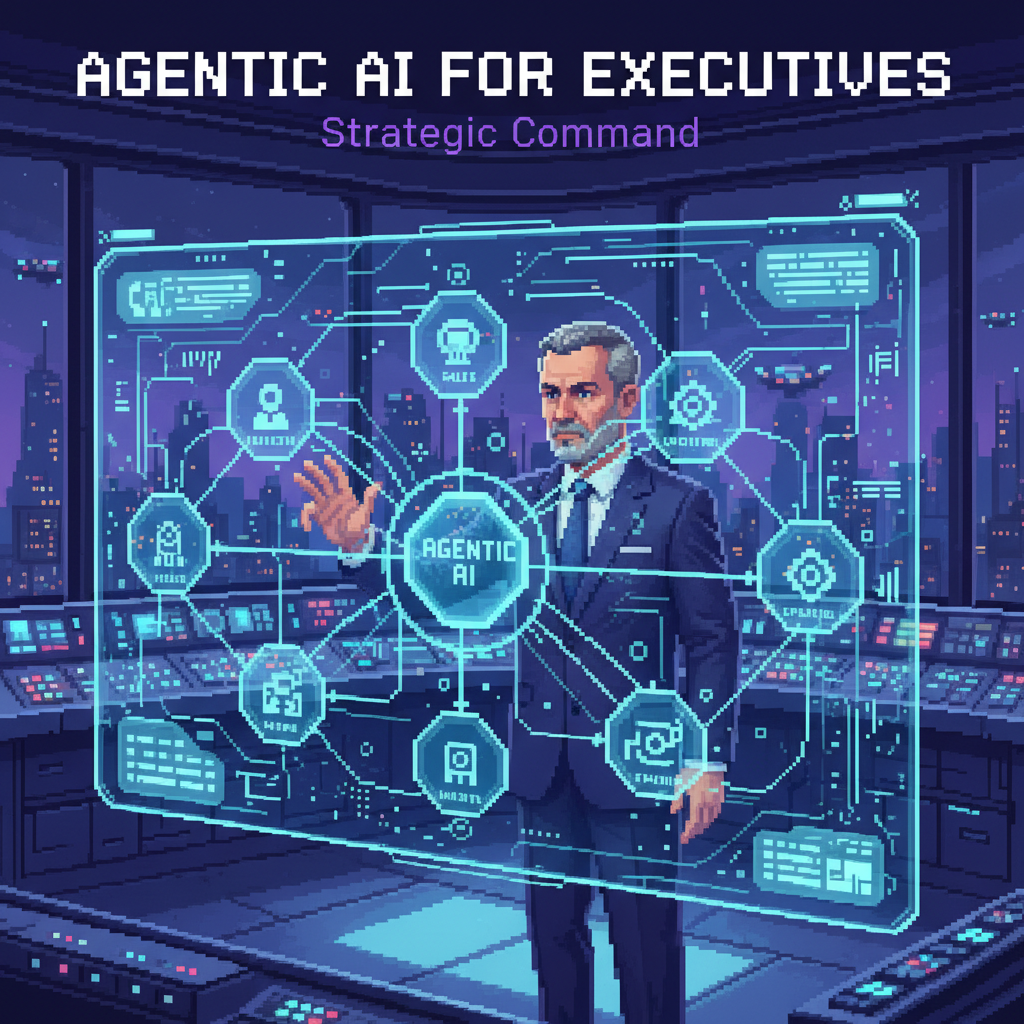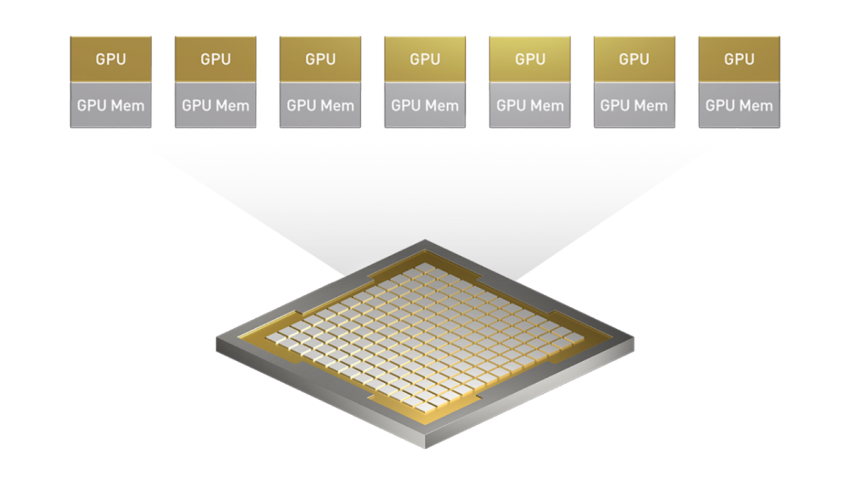· AI at Scale · 3 min read
Beyond the Hype - An Executive’s Guide to Realizing Value with Agentic AI
A guide for technology executives on how to move beyond proofs-of-concept and realize sustainable, transformative value from agentic AI by focusing on business-first strategies.

The buzz around agentic AI is deafening, promising a future of autonomous systems that drive unprecedented efficiency and innovation. Yet, many technology executives find themselves stuck in a cycle of impressive but isolated proofs-of-concept. The critical challenge isn’t building an agent; it’s integrating agentic systems into the enterprise to create sustainable, transformative value. The gap between a clever demo and a core business process run by AI is vast, and bridging it requires a fundamental shift in strategy.
The core problem is that treating agentic AI as a simple technology upgrade is a recipe for failure. You cannot merely automate existing tasks and expect revolutionary results. This approach requires a deliberate, business-first framework. For technology leaders guiding their organizations, success hinges on four key pillars.
1. Reimagine the Blueprint, Don’t Just Repave the Path
The most significant mistake is starting with the technology. Instead, begin with a holistic reimagining of your business processes. Ask not, “How can an agent do this task?” but rather, “If this entire process were run by intelligent, autonomous agents, what could we achieve?” This mindset shifts the focus from incremental automation to true transformation, such as moving from reactive fraud detection to proactive, real-time financial crime prevention.
2. Chart Your Course with a Value-Driven Roadmap
Every AI initiative must be anchored to a clear business outcome. Translate your organization’s strategic challenges into concrete agent use cases and prioritize them based on measurable ROI. This requires designing a cohesive agentic ecosystem—a blueprint of how different agents will interact—and executing it via a phased roadmap. Start with a Minimum Viable Product (MVP) to secure quick wins, build organizational confidence, and generate invaluable learnings before scaling.
3. Build Iteratively and Intelligently
Forget the “big bang” deployments of the past. Agentic AI thrives on an agile, iterative approach. Begin with single-purpose agents that tackle high-impact, well-defined tasks. As your team gains experience, evolve to multi-action agents that handle complex workflows. The ultimate goal is a collaborative ecosystem of orchestrated agents, but this maturity is reached through rapid, incremental builds, not monolithic projects.
4. Invest in the Operational Bedrock: AgentOps
An agent’s performance on day one is not guaranteed a month later. To build trust and ensure long-term success, you must invest in a robust operational foundation. This means establishing a dedicated practice of Agent Operations (AgentOps) to manage the entire lifecycle of your AI systems. This includes creating a scalable agentic architecture, ensuring data quality, implementing proactive security and risk management, and defining clear governance. Continuous quality auditing is non-negotiable for ensuring your agents remain aligned with business goals.
By adopting this structured, four-pillar approach, technology executives can move beyond the hype, de-risk their AI investments, and guide their organizations toward genuine, agent-driven transformation.



